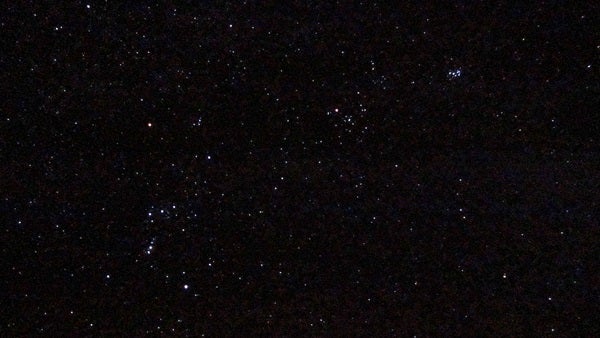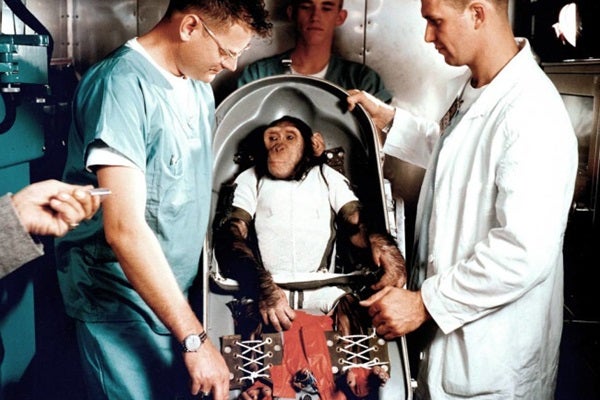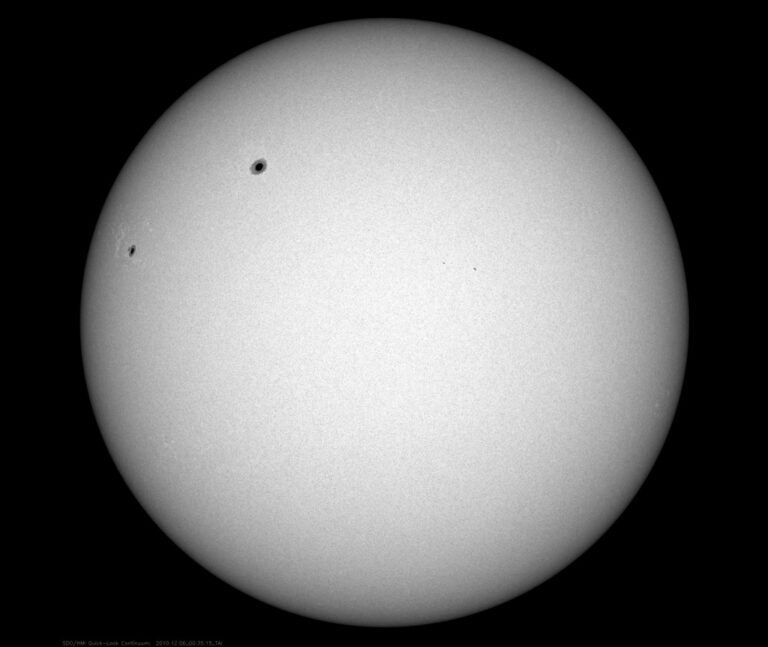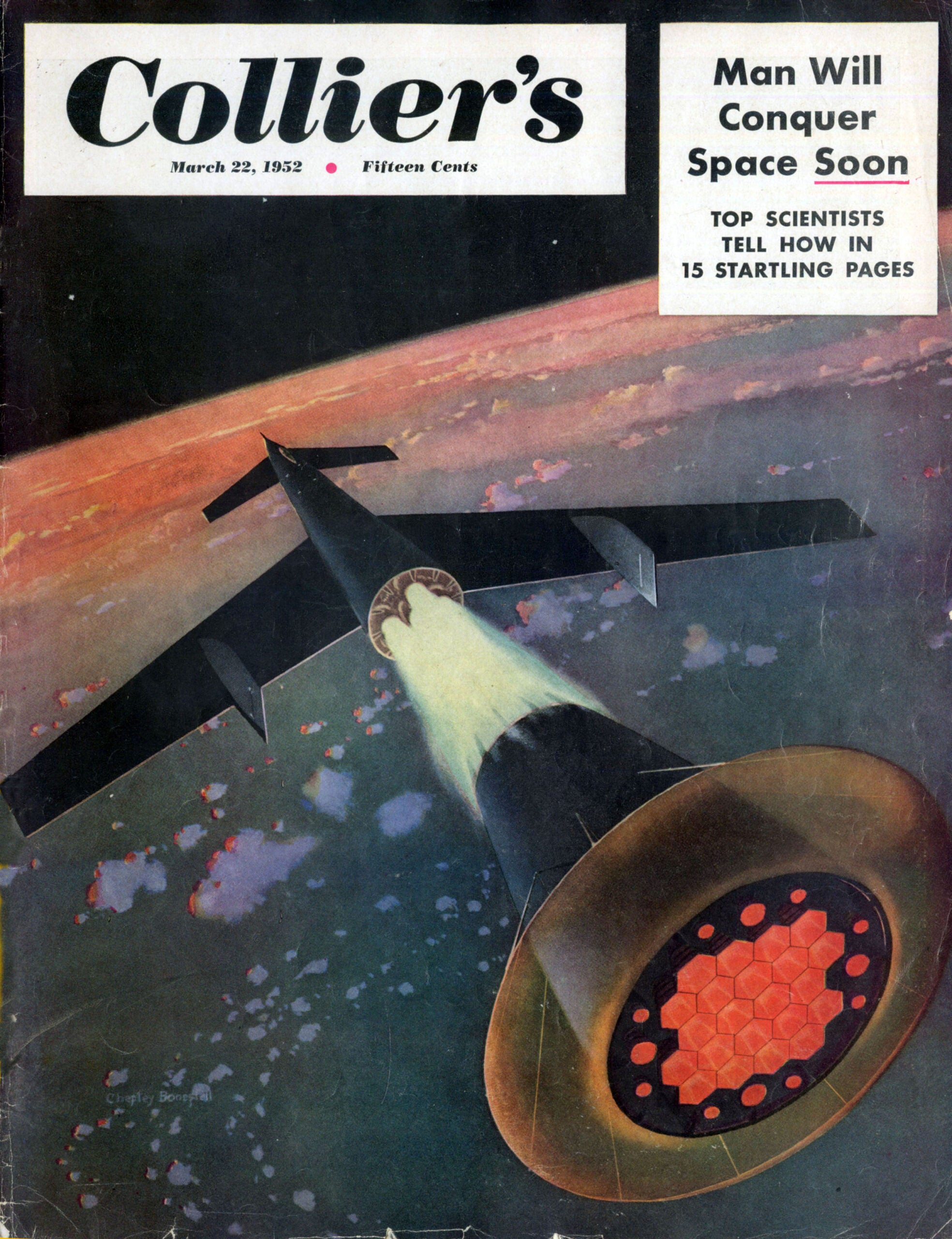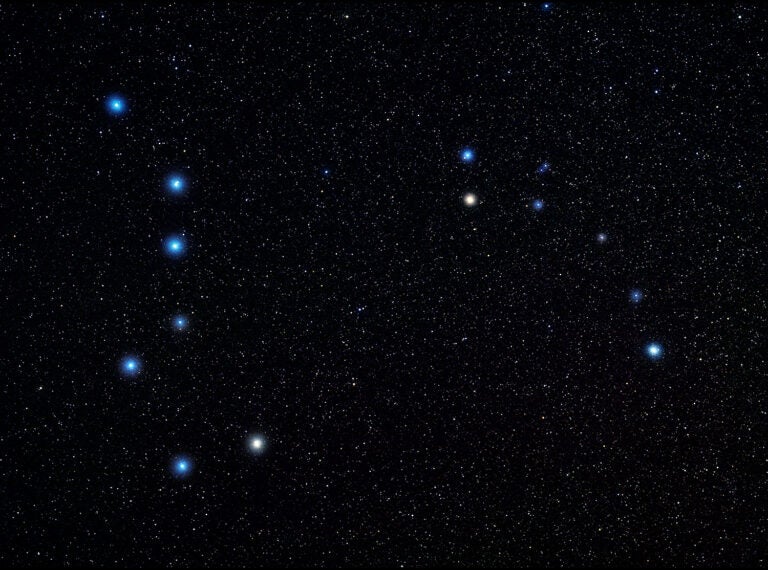February is official Choose Your Favorite Constellation Month. Well, OK — maybe it’s not exactly official. I just made it up. But with the holidays over, the nights still lengthy, and the deepest cold behind us, let’s join the procession of skygazing poets, philosophers, and science lovers spanning cultures and centuries who have deemed one constellation worthier than the rest.
After all, not a single one of them has ever been recorded as saying, “I like all the constellations equally,” because that would be a transparent lie. We all have favorites. Favorite political parties, favorite restaurants, favorite cars. And favorite constellations.
Still, picking just one is a tall order. If you’re still deciding, a helpful method is to first eliminate the barely-there patterns like Sextans, which resembles a sextant in the way I resemble George Clooney. Of the 88 constellations, half are easy to toss out due to faintness or incomprehensibility. Leo Minor gets whacked, along with Camelopardalis, which is a circumpolar Giraffe that stares at us every clear night, even if you’ve never noticed it.
How did that last one even get started? We at least know the perpetrator — Dutch theologian and cartographer Petrus Plancius — and that the crime happened 410 years ago. We’ll have to fill in unknown details with educated guesses. One night, Plancius — perhaps after imbibing a bit — insisted there was a giraffe in the sky until his friends humored him. “Sure, Pete, it’s obviously a giraffe, we all see it, now go to bed.” The rumor spread and soon everyone was stuck with it.
Equuleus, Sculptor, Mensa, Grus — the forgettable patterns are easy to spot because they’re hard to spot. Conversely, if we assess winners based on their faithfulness to what they’re supposed to resemble, then in my opinion, only two could achieve first place: Orion and Scorpius. Thanks to his striking belt, Orion really does look like a person, even if the ancient Sumerians saw these same stars as a sheep instead of a man. Still, the recognizable belt alone isn’t what qualifies him as a hunter. Other occupations also wear belts, by which logic Orion could just as easily be a taekwondo instructor or an accountant.
But a hunter he is, even if he appears to be fighting with a bull using only his shield, while his sword hangs from that recognizable belt. While many licensed hunters might question the wisdom of trying to obtain dinner by engaging a bull in hand-to-hand combat, the Greek gods apparently sympathized by making his adversary a bull that consists of only a head, along with a miniature body formed solely by the little Pleiades star cluster.
Scorpius suffers no such anatomical defects. In southern locales where its magnificent tail ascends high above the horizon, it may well take the trophy, especially with its countless blue stars contrasting so vividly with the single blazing orange heart marked by Antares. Still, it’s a close call.
Alternatively, the largest constellation might be deemed the best, but alas, there’s no clear standout. The sky presents a close three-way tie. Hydra takes up 1,303 square degrees, just nine more than Virgo, which in turn has just 14 more than Ursa Major. This trio alone occupies some 10 percent of the sky! By contrast, the three smallest star figures — Crux, Equuleus, and Sagitta — together inhabit just half of one percent.
Or should the winning constellation be the home of the most famous star? If so, the trophy belongs to either Ursa Minor (which contains the North Star) or else Canis Major, blazing fiercely with Sirius, the night’s brightest in a landslide. The Dog Star has lots of cultural lore, though its competitor Polaris is more useful for navigation.
Alas, there are too many worthy categories. And we haven’t even considered those containing extraordinary telescope targets. So, you’re free to choose your own. There’s no wrong answer. Except maybe the giraffe.

